- EasyCard
- Trade
- Help
- Announcement
- Academy
- SWIFT Code
- Iban Number
- Referral
- Customer Service
- Blog
- Creator
Still Worried About Fund Delays? These Fast Arrival Success Cases Are Worth Learning From
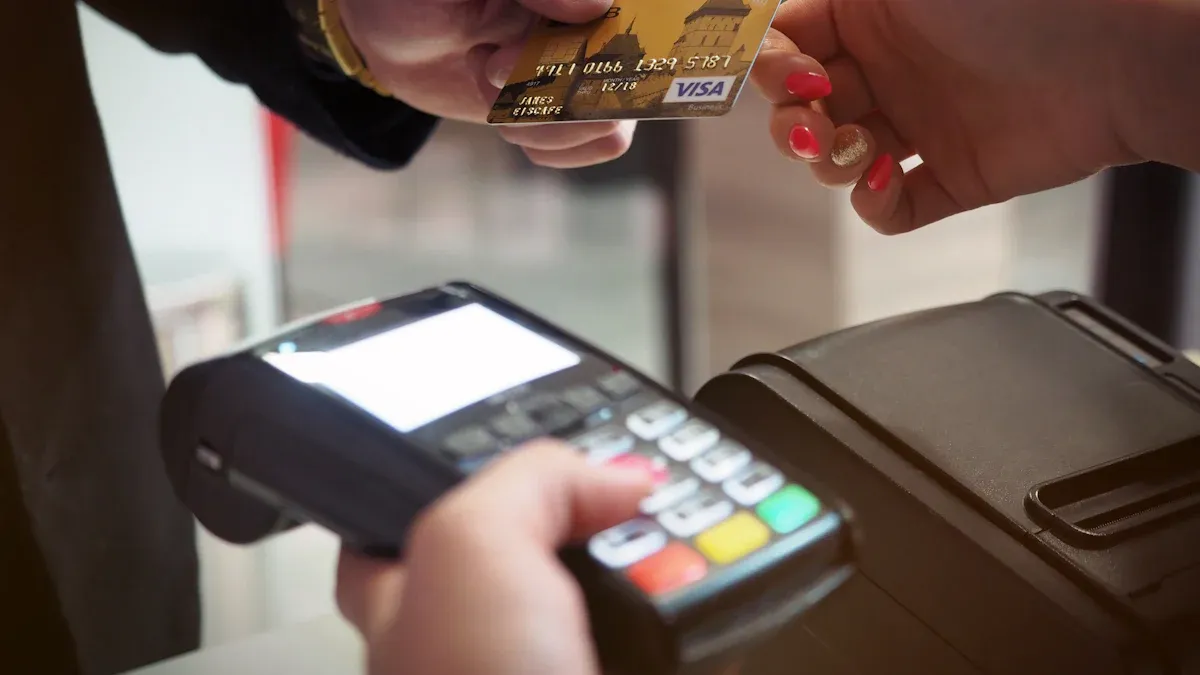
Image Source: pexels
Have you ever stared at the screen, anxiously waiting for that “in-transit” fund? This feeling is very common.
Surveys show that over 82% of companies report cash flow interruptions due to delayed payments.
Traditional payment methods often take several days, while modern tools can shorten the time to minutes. Fast fund arrival is not out of reach; the key lies in optimizing your processes. Change starts with learning from others, and these fast arrival success case shares will light the way forward for you, helping you bid farewell to the troubles of waiting.
Key Takeaways
- Choose the right payment tools, such as e-commerce payment gateways that support T+0 settlement or global e-wallets, which can greatly accelerate fund arrival speed.
- Carefully verify payment information to avoid human errors and conduct transfers during bank working hours to effectively prevent fund delays.
- Prioritize using Biyapay and other modern payment tools that leverage advanced technology to provide instant arrival, real-time tracking, and automatic reminder functions, allowing you to bid farewell to waiting.
- The cross-chain bridge function of Web3 wallets can help you quickly and securely transfer digital assets between different blockchains, seizing market opportunities.
E-commerce T+0 Settlement: Success Case Sharing

Image Source: unsplash
For e-commerce sellers, especially small and medium-sized ones, cash flow is the lifeline. Behind every order are associated inventory, marketing, and operational costs. This success case sharing will show you how to completely change your fund situation by optimizing settlement methods.
Challenge: Low Fund Turnover Efficiency
Are you facing similar dilemmas? Sales look good, but the available funds in the bank account are slow to increase. Traditional T+1 or even longer settlement cycles mean a large amount of your funds are frozen in transit. This delay directly leads to a series of operational difficulties:
Sources of Cash Flow Pressure for Small and Medium Sellers
- Inventory Management Issues: Seeing a hot item and wanting to restock, but funds haven’t arrived, missing the opportunity.
- Intense Competition: When competitors engage in price wars or promotions, you can’t respond flexibly due to fund constraints.
- Seasonal Fluctuations: Large sales in peak season can’t be immediately used for off-season expenses, leading to tight fund chains.
When your funds cannot be quickly recovered, every business expansion and opportunity capture becomes extremely difficult.
Solution: Integrate Instant Settlement Payment Gateway
The solution is simpler than you imagine: choose a payment gateway that supports instant settlement (T+0). This is not just a product feature upgrade but a strategic infrastructure transformation. It provides you with instant liquidity, opening up a new operational model.
Take Biyapay as an example of such modern payment platforms; they can shorten transaction processing and settlement time from days to seconds. The integration process is usually very clear:
- Select Service Provider: Look for platforms like Biyapay that are reputable and support T+0 settlement.
- Submit Qualifications: Prepare your business registration documents and relevant identity proofs.
- Technical Integration: Easily integrate the payment gateway into your e-commerce website or App according to the development documentation provided by the platform.
After completing the setup, every payment you receive can be settled instantly upon transaction completion.
Results: Bid Farewell to Waiting and Achieve Fund Freedom
After integrating T+0 settlement, a seller specializing in trendy clothing completely bid farewell to fund delay troubles. In the past, he needed to wait 2-3 days to receive sales payments, often causing restocking delays due to inability to pay suppliers on time.
Now, the situation is completely different. He can receive funds on the same day and use them for the next day’s restocking orders. This instant nature makes his inventory management extremely flexible, with fund turnover rate increased by over 40%. More importantly, he gained an unprecedented sense of fund control, confidently seizing every market opportunity and truly achieving fund freedom. This success case sharing proves that choosing the right tool can make funds flow.
Cross-Border Payments: Leap from Days to Minutes
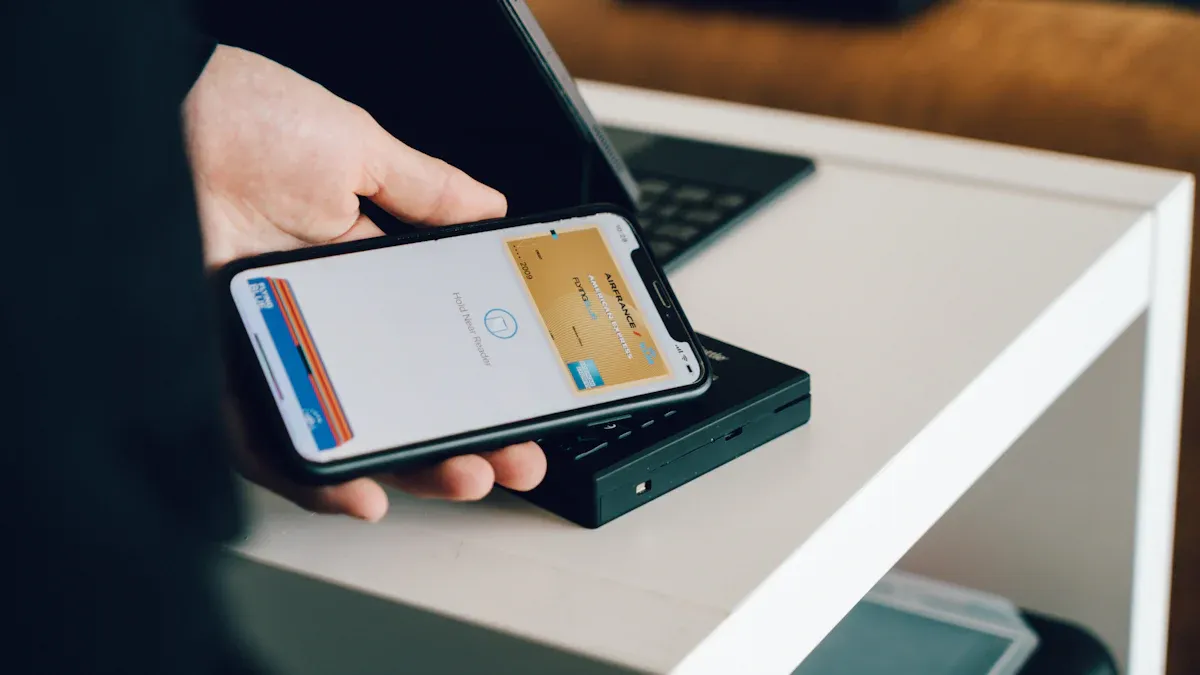
Image Source: unsplash
If you are a freelancer or cross-border seller, the delays and high costs of international payments must give you headaches. Funds flowing between different countries seem to embark on a long and expensive journey.
Challenge: Traditional Wire Transfers Are Time-Consuming and Expensive
Have you experienced such scenarios: a payment from overseas needs to wait 1 to 3 business days, sometimes even over a week to arrive. During this time, you not only bear time costs but also face considerable expenses. Traditional bank international wire transfers often cost up to $50 or more.
Hidden Costs of Traditional Wire Transfers In addition to explicit wire fees, you also need to pay intermediary bank handling fees, currency conversion fees, etc. Worse still, banks usually add a spread to the exchange rate, which silently erodes your income. After a transaction, the actual amount received may be far less than expected.
This uncertainty and high cost severely affect your cash flow forecasting and business profits.
Solution: Make Good Use of Global E-Wallets
Now, you can bid farewell to this passive waiting. Global e-wallets like Biyapay, Wise, and Airwallex provide you with brand-new solutions. They completely disrupt the traditional cross-border payment model through modern technical architecture.
The core advantages of these platforms lie in transparency and efficiency. They usually use interbank exchange rates and charge only a small, transparent service fee, letting you know exactly where every penny goes.
| Fee Type | Traditional Financial Institutions ($100 Exchange) | Airwallex ($100 Exchange) |
|---|---|---|
| Exchange Rate Spread | $11.11 | $0 |
| Currency Conversion Fee | $1.78 | $0.50 |
| Total Fees | $12.89 | $0.50 |
| Final Amount Received | $87.11 | $99.50 |
By opening a multi-currency account, you can receive multiple foreign currencies like a local, completely avoiding high SWIFT network fees and exchange rate losses.
Results: Dual Optimization of Time and Money Costs
The experience of freelance designer Xiao Zhang is an excellent success case sharing. In the past, he received a $1,000 design fee from a US client through traditional wire transfer. The funds not only took a week to arrive, but after deducting various fees, he actually received only about $950.
Since he started using global e-wallets, the situation has changed dramatically. Now, when a client pays $1,000, the funds arrive in his e-wallet in almost 10 minutes. Most importantly, the handling fee is only about $5, and he ultimately receives about $995. This transformation not only saves him time and money but also allows him to focus on his creations without being distracted by payment issues.
Web3 Cross-Chain Transfers: Exploring Future Payment Forms
When you enter the Web3 world, you will discover a “digital archipelago” composed of countless independent blockchains. Each “island” has its own rules and assets, but there is a lack of a natural bridge between them. This is the challenge that future payments need to overcome.
Challenge: Barriers to Asset Transfers Between Different Blockchains
You may want to quickly transfer assets from one chain to another to participate in new opportunities. However, you will find this is not easy. There are obvious technical barriers between different blockchains.
Cross-Chain Technical Gap
- Non-Uniform Standards: Each blockchain is like a country speaking a different “dialect.” Their technical architectures, programming languages, and rule protocols are all different, with no unified communication method.
- Native Isolation: Blockchains are designed to run independently as secure ledgers. This characteristic ensures their security but also means they cannot naturally verify information or interact with other networks.
This fragmented landscape prevents assets from flowing directly and freely between different networks, limiting your asset allocation efficiency.
Solution: Utilize Reliable Web3 Wallet Cross-Chain Bridge
The solution is to use a reliable Web3 wallet and its integrated cross-chain bridge function. You can imagine the cross-chain bridge as a sturdy bridge connecting different “digital islands.” It securely helps you transfer assets through a "lock-mint" mechanism.
Take Biyapay as an example of such modern Web3 wallets; its operation process is very intuitive. When you initiate a cross-chain transfer, the wallet locks your native assets in a smart contract on the source chain. Subsequently, the cross-chain bridge “mints” an equivalent amount of “wrapped” assets for you on the target chain. The entire process is guaranteed by reliable infrastructure, greatly reducing the risk of asset loss due to operational errors or malicious attacks.
Choosing a mature cross-chain bridge is crucial. Poorly designed bridges may have logical vulnerabilities or weak verification mechanisms, putting your assets at risk. Therefore, choosing a platform like Biyapay that has been fully tested and has a high success rate is the first step to ensuring your fund security.
Results: Achieve Second-Level Cross-Chain Asset Arrival
Through a reliable cross-chain bridge, you will experience unprecedented asset liquidity. Cross-chain operations that previously required cumbersome exchanges through centralized platforms and took hours can now be completed in as fast as seconds to minutes.
Of course, you also need to understand that arrival speed can be affected by factors such as network congestion and block confirmation numbers. But in most cases, you can enjoy a near real-time asset transfer experience. This means you can quickly seize new opportunities on different chains, whether participating in new DeFi projects or acquiring hot NFTs, staying ahead and truly achieving seamless flow of digital assets.
Universal Speed-Up Tips: Three Universal Suggestions
In addition to solutions for specific scenarios, some universal good habits can fundamentally improve your payment efficiency. Master the following three universal suggestions, and you can stay ahead in any payment scenario.
Tip One: Ensure Payment Information Is Absolutely Accurate
A tiny error can cause your funds to be returned or delayed for several days. Before clicking “send” or providing payment information, be sure to carefully verify. Many delays are not caused by the system but by simple human errors.
Common Errors Leading to Delays
- Data Entry Errors: Spelling mistakes in names, addresses, or postal codes.
- Account Information Mismatch: The account holder’s name must exactly match the bank records.
- Outdated Payment Information: Credit card expired, or billing address changed.
To avoid these issues, develop a habit of double-checking. When handling international transfers, use online tools like IBAN.com to verify the format of international bank account numbers. For new payees, some platforms support verifying account validity by depositing a small amount (such as a few cents). Spending a few seconds to verify can save you days of waiting.
Tip Two: Master the Best Transfer Operation Timing
Your transfer requests also need to follow “traffic rules.” Banks and payment systems have their own working schedules. If you miss the daily cutoff processing time, your transfer instruction will have to wait until the next business day to be processed.
Public holidays and weekends are “pause buttons” for fund flows. For example, transactions initiated on holidays are usually postponed to the next business day. To ensure efficiency, you can:
- Initiate Early: Start international transfers at the beginning of the workweek (such as Monday or Tuesday) to allow ample time for processing.
- Pay Attention to Time Differences: When conducting cross-border transfers, note the bank operating hours and weekend arrangements in the recipient’s location (for example, weekends in some Middle Eastern countries are Friday and Saturday).
Plan your operation timing in advance to easily bypass these foreseeable delays.
Tip Three: Prioritize Modern Payment Tools
The most direct way to bid farewell to waiting is to embrace more advanced payment tools. Traditional bank transfers rely on batch processing, while modern payment tools are based on real-time payment networks (such as RTP® and FedNow® services), enabling 24/7 all-day instant processing.
Modern payment platforms like Biyapay utilize these advanced technologies to provide you with a near real-time payment experience. Choosing such tools, you will gain:
- Instant Arrival: Funds can be transferred and confirmed in seconds.
- Real-Time Tracking: You can clearly see every movement of the funds, completely bidding farewell to “in-transit” anxiety.
- Automatic Reminders: You will receive instant notifications for every key node from payment success to fund arrival.
Nearly half of banks believe that instant payments can significantly improve customer experience. When you prioritize these modern tools, you are not only choosing speed but also a sense of peace and control.
From e-commerce, cross-border to Web3, these cases prove that no matter which field you are in, there are solutions for fast arrival. Bidding farewell to waiting is no longer a fantasy; the key lies in mastering three core elements:
- Choose the right payment tools
- Master the correct operation methods
- Pay attention to detail verification
Act now! Review your payment processes and learn from the experiences shared in these success cases. Starting today, you can control your fund flow, letting every penny accelerate value creation for you.
FAQ
Are These Modern Payment Tools Safe?
Absolutely safe. You can use them with confidence. Reputable platforms adopt bank-level encryption technology and strict compliance standards to protect your funds and data. Choosing market-validated tools adds a solid lock to your fund security.
Does Fast Arrival Mean Higher Fees?
On the contrary, you can often save more. Many modern tools optimize paths and exchange rates, with fees far lower than traditional banks. They help you bypass expensive intermediary banks, allowing you to enjoy speed while reducing costs.
Do I Need a Technical Background to Integrate These Tools?
Not at all. Most modern payment tools provide extremely user-friendly interfaces. Whether for personal use or enterprise integration, you can easily complete the setup according to clear guidelines and quickly start your efficient payment journey.
*This article is provided for general information purposes and does not constitute legal, tax or other professional advice from BiyaPay or its subsidiaries and its affiliates, and it is not intended as a substitute for obtaining advice from a financial advisor or any other professional.
We make no representations, warranties or warranties, express or implied, as to the accuracy, completeness or timeliness of the contents of this publication.

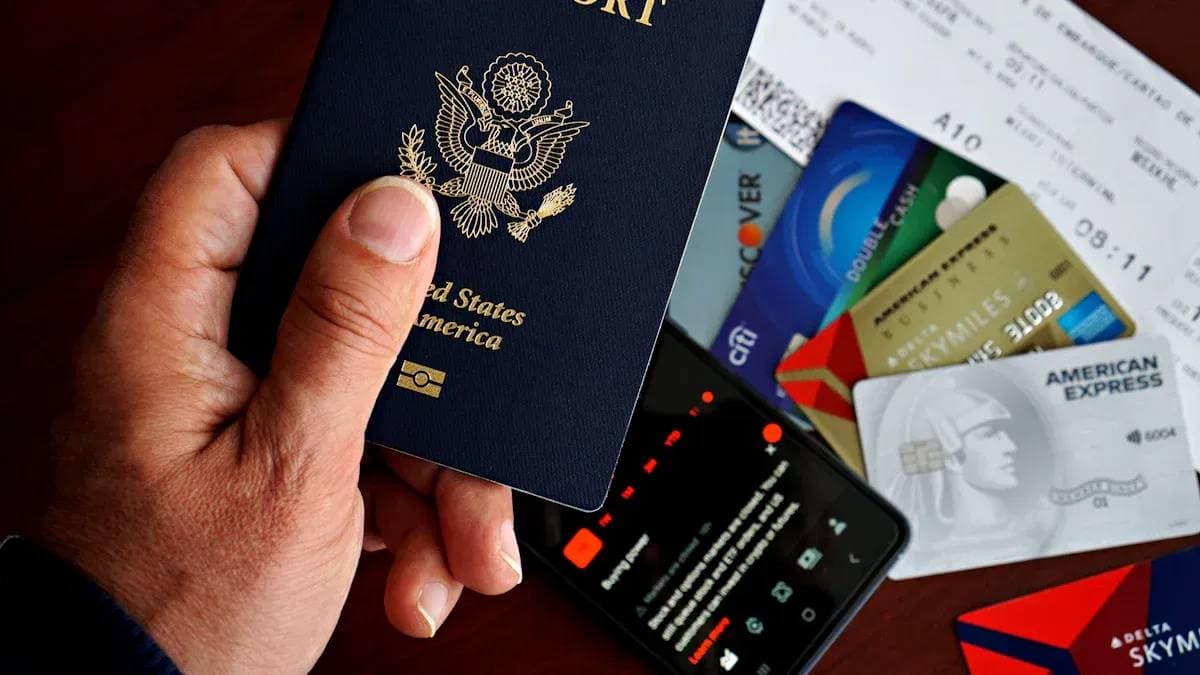
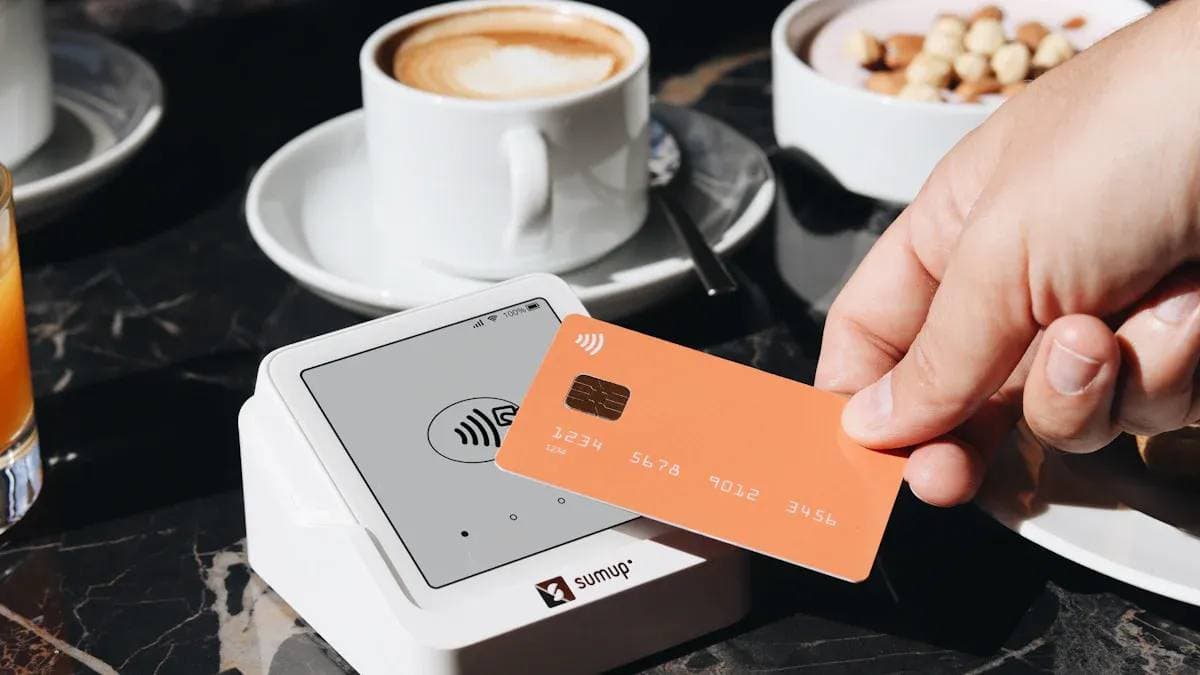
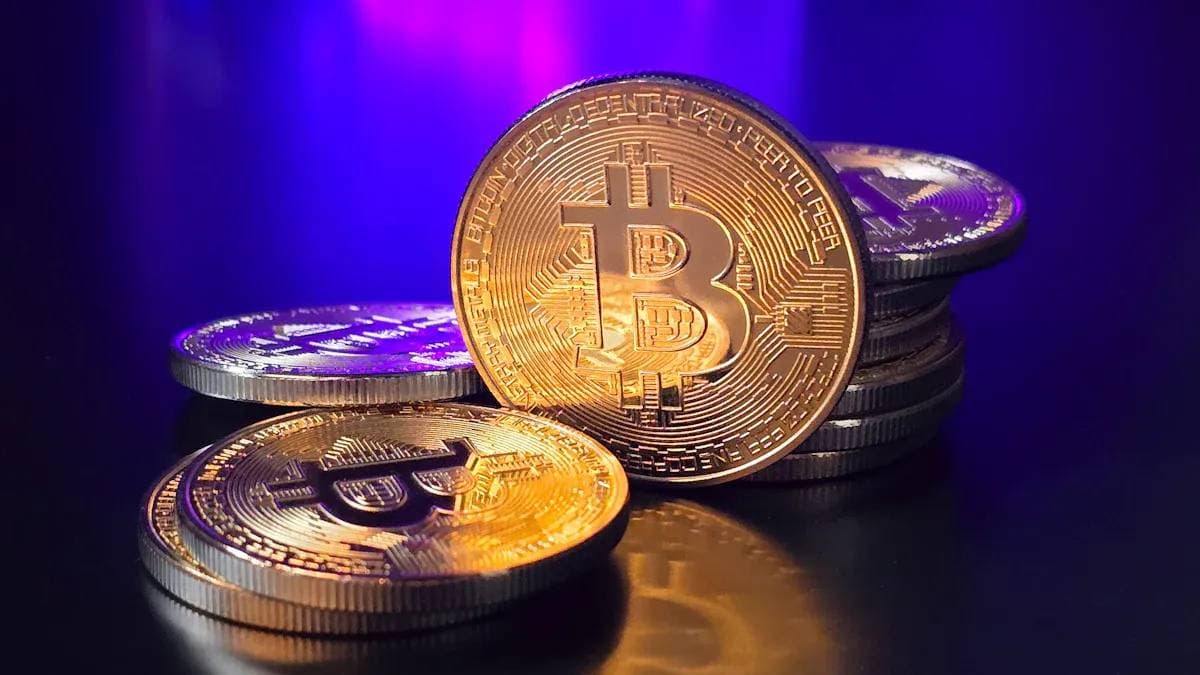
Contact Us
Company and Team
BiyaPay Products
Customer Services
BIYA GLOBAL LLC is a licensed entity registered with the U.S. Securities and Exchange Commission (SEC No.: 802-127417); a certified member of the Financial Industry Regulatory Authority (FINRA) (Central Registration Depository CRD No.: 325027); regulated by the Financial Industry Regulatory Authority (FINRA) and the U.S. Securities and Exchange Commission (SEC).
BIYA GLOBAL LLC is registered with the Financial Crimes Enforcement Network (FinCEN), an agency under the U.S. Department of the Treasury, as a Money Services Business (MSB), with registration number 31000218637349, and regulated by the Financial Crimes Enforcement Network (FinCEN).
BIYA GLOBAL LIMITED is a registered Financial Service Provider (FSP) in New Zealand, with registration number FSP1007221, and is also a registered member of the Financial Services Complaints Limited (FSCL), an independent dispute resolution scheme in New Zealand.




















